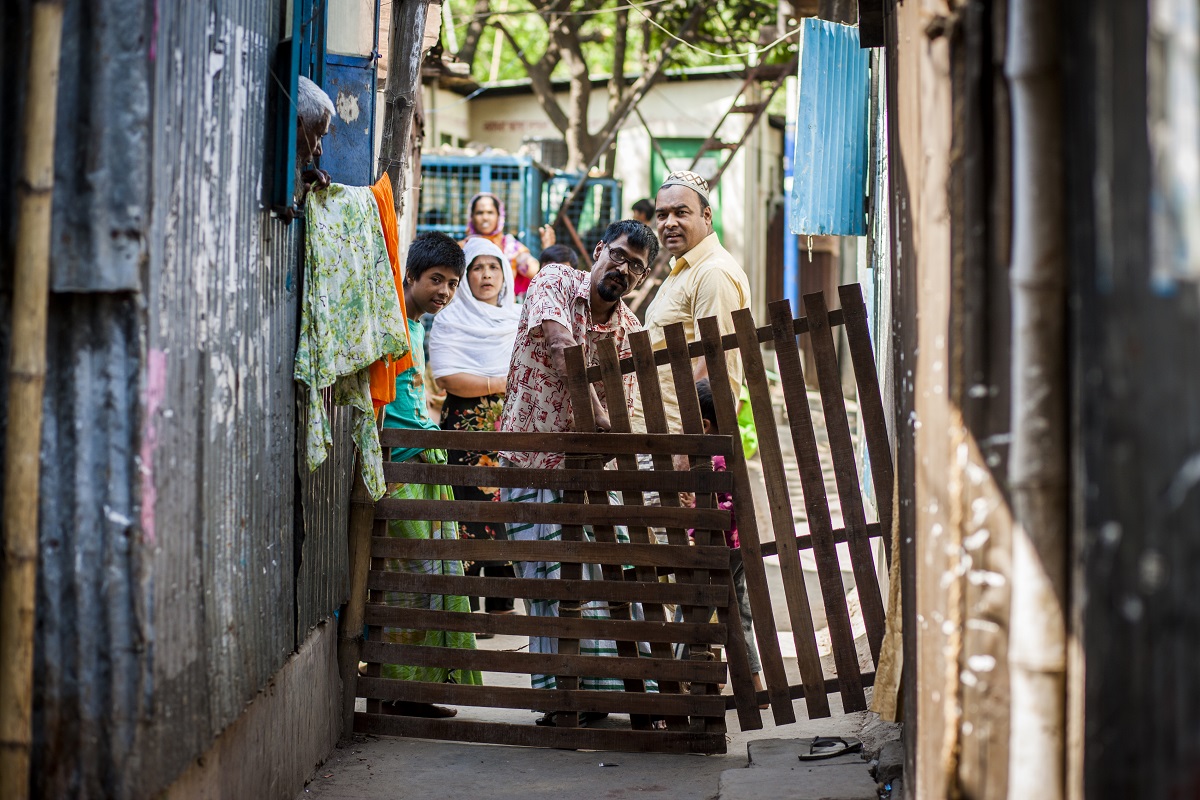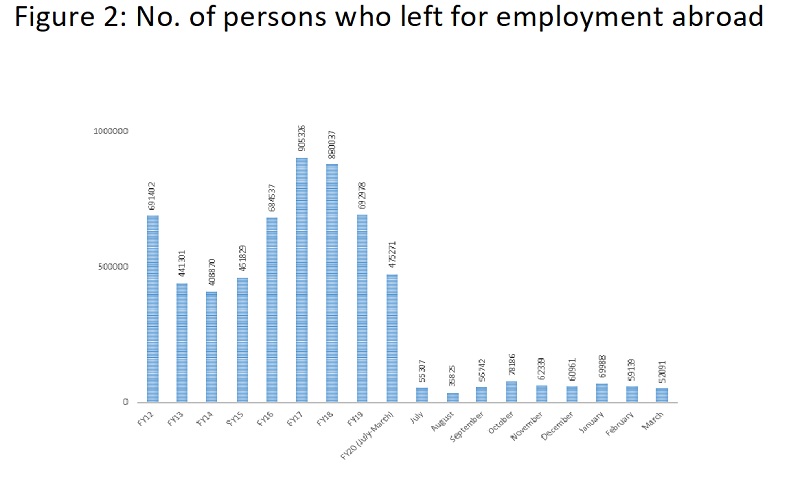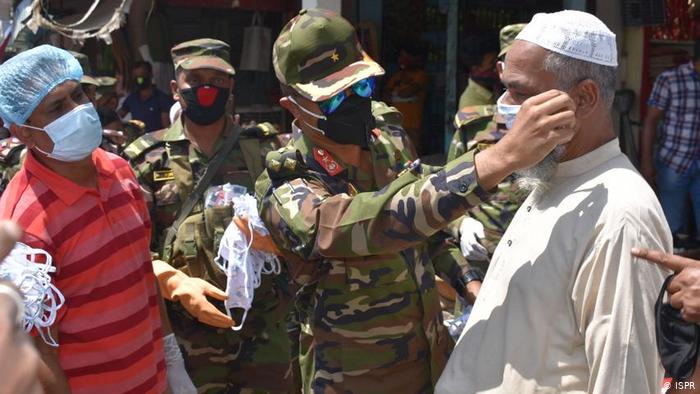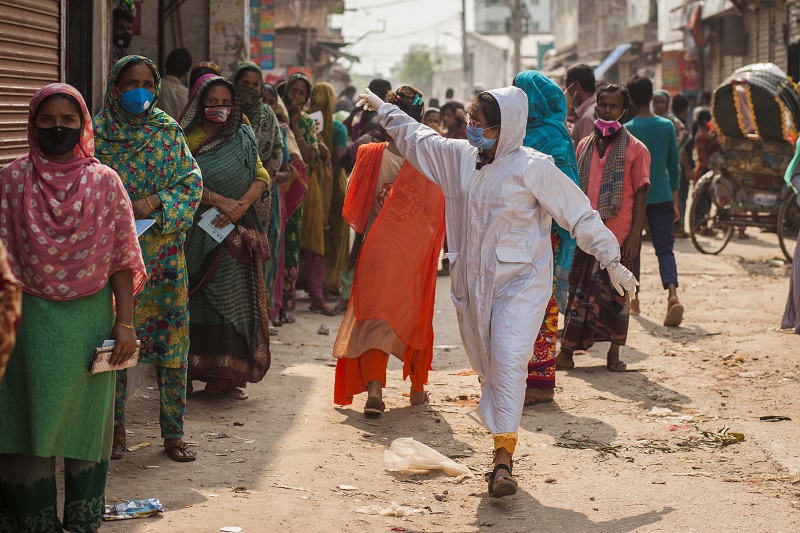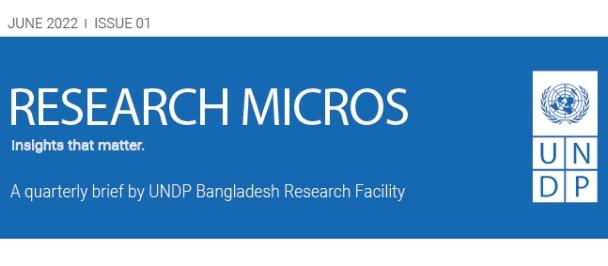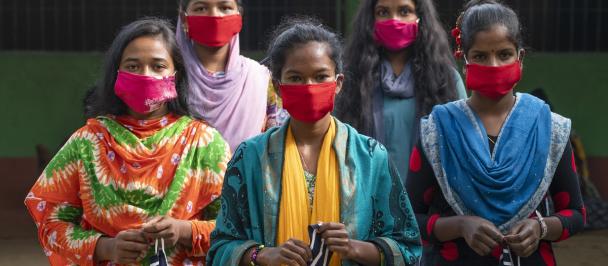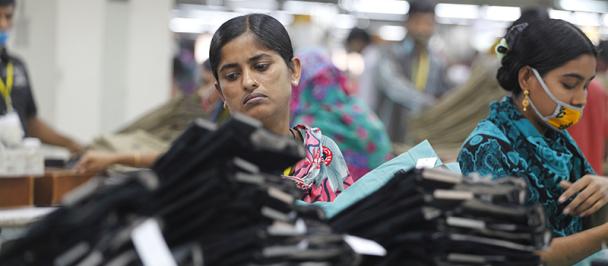Bangladesh’s 10 million international migrant workers have been contributing to the country’s economic development while ensuring welfare of millions who depend on them.
In return for short-term employment contracts, strong remittances inflows propelled Bangladesh to become the world’s 11th largest remittance-recipient economy; together with Ready-Made Garments (RMG) exports, the inflows form the country’s key economic pillars. International temporary labour migration also helped reduce poverty in rural Bangladesh. From 2000 to 2016, as per World Bank estimates, poverty fell faster in migrant-sending districts: for each additional 0.1% of a district’s population migrating internationally, poverty in that district fell by 1.7%.
With Covid-19 pandemic, however, many workers were laid off or furloughed without compensation. They are now homebound as the global economy is grappling with the crisis. Uncertainty about their remigration is looming large. At the same time, they face stigma and discrimination given limited scope for social distancing and access to healthcare services.
Returnees require access to health services, social protection and quality jobs to cope with the fallouts. At the same time, Bangladesh needs to explore new labour markets to minimize disruptions to remittance inflows and expand options for Bangladeshi workers. But to what extent is the country prepared for taking on these challenges?
Economic uncertainty in host countries aggravated by pandemic
Bangladesh already faced tight labour market conditions (home and abroad) prior to the crisis.
On the home front, it had been experiencing slow domestic job growth since 2010 as per World Bank estimates. Uneven access to quality jobs remains a key challenge and about 85% of total workforce is informally employed. International migration became a key employment option in this context and over 400,000 workers—mostly rural and low-skilled—sought overseas employment annually. Pull factors include strong demand from major destinations (mostly from Gulf region) and continued large wage differentials between domestic and overseas markets. While males make up most migrant workers, female migrants constituted 12% of those who left for work abroad in 2017 and this figure marginally increased to 13.85% in 2018.
Job seekers, however, were facing shrinking opportunities abroad in recent years. As per IMF, major host countries like Saudi Arabia, UAE and Kuwait were reeling from the 2014-16 oil price collapse with modest recovery prospects in 2020. On the other hand, a push for workforce nationalization programmes in Gulf Cooperation Council (GCC) economies like Saudi Arabia contributed to layoffs of Bangladeshi migrant workers. Increased immigration drives also saw mass deportation of undocumented workers.
Covid-19 jolted recovery prospects in the region. IMF forecasts GCC economies to contract by 7.6% in 2020. The pandemic’s fallouts including collapse in OPEC+ negotiations and ensuing oil price war (led by Saudi Arabia) further weakened the oil-dependent economies as these saw oil prices crash to an 18-year low. While OPEC+ group called truce to curb oil production, it has not helped revive prices meaningfully.
The situation deeply impacts remittances inflows to Bangladesh and foreign employment. In the recently concluded FY20, remittances inflows were in a tumult in the last quarter given Covid-
Source: Bangladesh Bank
19’s fallouts. But the inflows accumulated to USD 18.2 billion by the end of the fiscal year and helped boost forex reserves to about USD 36 billion. At the same time, amidst a global lockdown, about 200,000 workers could not join work despite having legal work permits and necessary documentation. Even while host economies are gradually re-opening and travel bans are lifted, workers are unlikely to start working given fears of surge in Covid-19 cases upon entry. Rather, key host countries have officially requested Bangladesh to repatriate undocumented workers as these economies internalize and respond to Covid-19’s impacts. Remittance inflows are likely to remain subdued given slow recovery prospects in GCC countries combined with impacts of low oil prices. Finding new employment or rejoining work are also uncertain options for workers within this context.
Source: BMET
What prospects are newly jobless migrant workers returning to?
At least 400,000 workers returned before borders closed, as per government estimates.
But job prospects were nil. Bangladesh’s domestic economy was hurt by a prolonged shutdown (26 March-30 May) that was put in place to contain the pandemic. It crippled the industrial sector followed by the service sector; micro, small and medium enterprises (MSMEs) were among the worst hit. Various estimates suggest 12-17 million jobs were temporarily lost while 4-12 million jobs were permanently lost over the period. While Bangladesh gradually reopened since 31 May, economic activity has yet to pick up amidst a surge in Covid-19 cases especially in cities like Dhaka, Gazipur and Narayanganj. While the downward pressure on employment persists, the situation is aggravating Bangladesh’s existing labour market challenges.
According to Refugee and Migratory Movements Research Unit (RMMRU), 60% of migrant households depend on remittances for daily expenses, the inflows act as informal safety nets, and drive positive development outcomes for health, nutrition and education. Early UN insights suggest that without remittance incomes, jobs and social protection coverage, migrant households engaged in distressed asset sales to solve food shortages and meet immediate needs during the lockdown. Moreover, many are likely to remain highly indebted due to high migration costs incurred and untimely return. According to Bangladesh Bank, more than 65% spend BDT 300,000 as migration cost; another 20% pay more than BDT 500,000 to go abroad. Bank loans finance 65% of migration costs, according to RMMRU. As remigration is a difficult option now, the return of migrant workers to rural districts combined with low-income opportunities and piling debts can potentially put pressure on rural economies as well as create poverty pockets especially in migrant-prone areas. Furthermore, this is within a context where Bangladesh’s poverty rate is likely to climb from 20.5% to 44% following the pandemic; estimates from various simulations and rapid assessments suggest that the Covid-induced ‘new poor’ ranges from 16-42 million people.
At the same time, UN insights point to the stigma and prejudice towards those suspected of Covid-19. Returning migrants were among the first to be singled out when Bangladesh reported its first imported case on 8 March 2020. Panic spread in the early days as local governments struggled to keep track of where returnees were and how many were quarantined, leading to hurried, ad-hoc measures to “contain” them. It is unclear if and how these stigmatized, at-risk groups are accessing health services especially as COVID-19 positive patients are also reportedly suffering from social stigma, incitement to hatred, as well as denial of treatment.
Photo source: DW.com
Government response and challenges
So far, Bangladesh has set up a fund of BDT two billion (or 200 crore) for returnees and has allocated BDT 200 million (or 20 crore) in cash incentives for stranded workers through Bangladeshi missions. Moreover, to start small businesses, returnees can take loans of up to BDT 500,000 at 4% interest rate from Probashi Kallyan Bank (PKB)—the only state-owned bank that provides direct financial assistance to returnees. In the proposed budget for FY20, another BDT five billion (or 500 crore) was allocated for strengthening and extending loan facilities.
Simultaneously, Bangladesh is exploring labour markets in Africa and Europe (specifically in the agriculture and health sectors) given declining job opportunities in traditional labour markets in GCC countries and Southeast Asia.On a good note, Bangladesh is in talks with Malaysia to regularize undocumented migrant workers to allow them to work in the country in the wake of the crisis.Currently, an estimated 200,000 of about 800,000 Bangladeshis are reported to be undocumented migrants in Malaysia.
Despite positive developments, the response faces its own set of challenges especially with regard to return migration. Although the Expatriate Welfare and Overseas Employment Policy 2016—the key national policy—provides for rehabilitating returning migrant workers, Bangladesh has been prioritizing outgoing migrants over returnees. In 2015, ILO documented key challenges for returnees: lack of information on business trends and job opportunities, barriers in access to formal credit, and absence of advisory services. Take the case of Probashi Kallyan Bank. While it is offering reintegration loans for starting small businesses, potential applicants have to follow complicated procedures for accessing the credit.
Second, the labour wings of Bangladesh Missions abroad are strained: only one or two labour attachés had been providing ad-hoc support to migrant workers in destination countries. Moreover, while attachés are assigned to explore new labour markets, the issue garnered little attention before Covid-19. For example, findings from job market studies by the Bureau of Manpower, Employment and Training (BMET) and UN agencies became obsolete given slow response in engaging counterparts in new countries or sectors. The Overseas Employment Policy also provides for setting up a Market Research Unit but it is yet to be established.
Moving forward with UN support
The United Nations has already stepped forward to assist Bangladesh to overcome some of the persisting challenges. For example, UNDP’s Access to Information (a2i) programme has helped launch ‘Probash Bondhu’ call centre in Saudi Arabia to provide telemedicine services to 2.2 million Bangladeshi expatriates. IOM is helping build databases on the returnees and undertook needs assessments across 10 migrant-prone districts. And the Bangladesh United Nations Network on Migration is drafting an appropriate strategy as support to the Bangladesh government and as input to the 8th Five Year Plan (8FYP).
While these are good initiatives, the workers’ needs must be met with a well-rounded approach especially in the areas of access to healthcare, social protection and jobs that also have implications for social cohesion. For example, while access to healthcare is an immediate priority, there’s also a need to manage the stigma and discrimination against the workers in the wake of the crisis. Through its “Digital Khichuri Challenge”, UNDP is already working with youth on digital solutions to address the stigma. The UN can also draw on lessons from its recent Ebola experience to help returning migrant workers safely reintegrate within communities and access the support they need. Social protection is another key area that requires special attention considering the fallouts that migrant workers (including returnees) are facing due to Covid-19.
Here, the UN’s forthcoming response plan to help Bangladesh tackle Covid-19’s fallouts can be a good starting point. Migrant workers (including returnees) have already been highlighted as an at-risk population that is experiencing high levels of socio-economic marginalization. The plan is an opportunity to a make deep dive into the issue and address underlying and distinct challenges that migrant workers (including returnees) face.
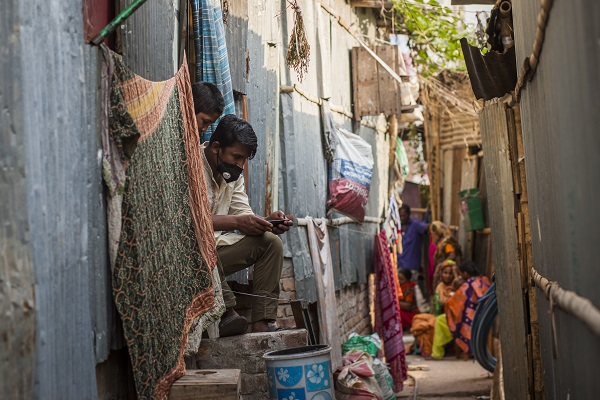
At the same time, efforts to support migrant workers will also rely on the capacity and performance of institutions through which measures will be rolled out. This highlights the need for developing capacity of institutions that cater to migrant workers as well as of labour wings abroad. If trained, guided and monitored right, the latter will play a critical role in resending workers abroad in a post-Covid world to provide these populations with a means of boosting incomes, moving out of poverty and ultimately, contributing to Bangladesh’s development while also providing better lives for themselves and their families.

 Locations
Locations